Embarking on the Kedarnath Yatra is more than just a pilgrimage; it’s a spiritual odyssey that resonates with millions of devotees. Nestled amidst the towering peaks of the Himalayas, Kedarnath beckons seekers to find solace, seek blessings, and immerse themselves in the serenity of the surroundings. Whether you’re a devout pilgrim or a curious traveler, this guide is designed to help you navigate through the intricacies of the Kedarnath Yatra and ensure a fulfilling experience.
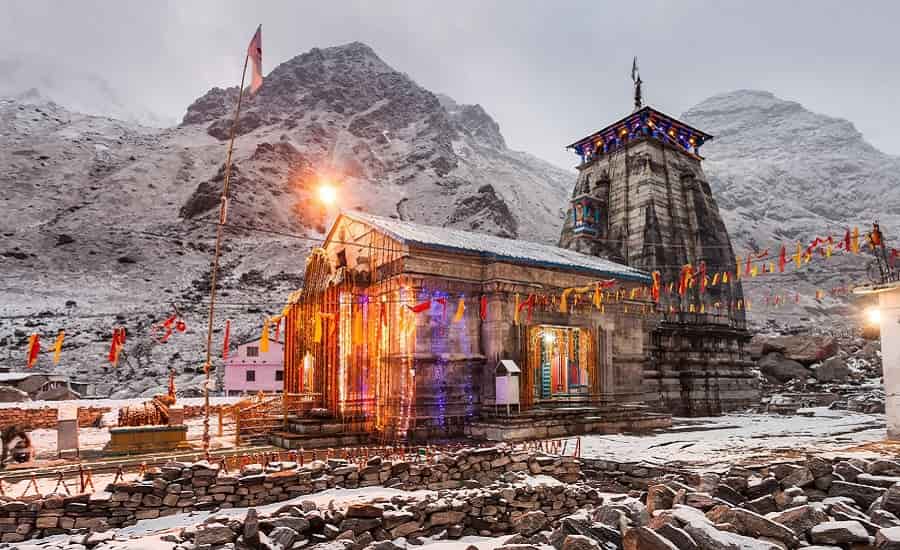
1. The Best Time to Visit: Weather and Seasons
Choosing the right time to undertake the Kedarnath Yatra is paramount. The months of May to June and September to October are considered the ideal seasons. During these periods, the weather is relatively stable, allowing for a comfortable trek and unhindered temple visits. The winter months can be harsh, with heavy snowfall rendering the route inaccessible, while the monsoon brings the risk of landslides.
2. Planning Your Itinerary: A Thoughtful Approach
An organized itinerary is the cornerstone of a successful Kedarnath Yatra. Plan your journey meticulously, factoring in travel time, acclimatization breaks, and rest days. Given the challenging terrain, it’s wise to allocate ample time for acclimatization, ensuring your body adapts to the altitude gradually.
3. Reaching Kedarnath: Modes of Transportation
Reaching Kedarnath involves a multi-stage journey. You can opt for air travel to Dehradun, followed by a road trip to Gaurikund. From Gaurikund, the heart of the Yatra begins as you trek upwards. The approximately 16-kilometer trek from Gaurikund to Kedarnath is both demanding and rewarding, offering panoramic vistas that make the effort truly worthwhile.
Experience the ultimate journey to Kedarnath with swift and scenic helicopter service, connecting you to the spiritual heart of the Himalayas in unmatched comfort and convenience. Soar above breathtaking landscapes and reach your pilgrimage destination with ease.
4. Acclimatization and Health Precautions
As you ascend into higher altitudes, the risk of altitude sickness increases. Adequate acclimatization is essential, and you should make frequent stops to allow your body to adjust. Stay hydrated, avoid excessive exertion, and listen to your body. If you have any pre-existing health conditions, it’s advisable to consult a medical professional before embarking on the Yatra.
5. Accommodation Options: Where to Rest Your Weary Head
Upon reaching Kedarnath, various accommodation options cater to different preferences. Ashrams and guesthouses offer a humble yet comfortable stay, while those seeking a more rustic experience can opt for tented accommodations. During peak seasons, booking in advance is advisable, as the demand for lodging can be high.
6. Exploring Kedarnath: Beyond the Temple Walls
While the Kedarnath Temple is the focal point of the Yatra, the journey offers opportunities to explore the region’s natural and spiritual treasures. Don’t miss the Bhairavnath Temple and Gandhi Sarovar. These sites not only enrich your spiritual experience but also provide glimpses into the cultural and historical tapestry of the area.
7. Guidelines for Temple Visit: Immersed in Reverence
The visit to the Kedarnath Temple is a culmination of your Yatra. Before entering the temple, take a ritual bath in the holy waters of Tapt Kund. Dress modestly, as per the temple’s traditions, and maintain a contemplative silence within the temple premises. The sanctity of the temple and its rituals must be respected at all times.
8. Local Cuisine: Savoring Himalayan Delights
Trekking and spiritual pursuits can work up an appetite. Delight your taste buds with the local cuisine, which includes simple yet hearty dishes. Indulge in Aloo ke Gutke, a spicy potato preparation, and Kachmauli, a sweet dish made from dried apricots. These flavors are not just nourishment for the body but also a part of the cultural experience.
9. Shopping and Souvenirs: Commemorating Your Journey
Bringing back mementos from your journey is a way to keep the spirit of Kedarnath alive. Explore the local markets and pick up Rudraksha beads, woolens, and handicrafts. Each item carries the essence of the region and serves as a tangible reminder of your transformative journey.
10. Connecting with Nature: Trekking Beyond Kedarnath
The allure of the Himalayas extends beyond Kedarnath. If you’re an avid trekker, consider extending your journey to explore nearby trekking destinations like Vasuki Tal and Chorabari Tal. These trails wind through pristine landscapes, allowing you to connect with nature in its purest form.
11. Capturing Memories: Photography with Respect
The breathtaking vistas of Kedarnath are best captured through the lens. However, it’s crucial to do so respectfully. Always seek permission before photographing locals, and refrain from intruding on private moments. Let your photography reflect the awe and reverence you feel for this sacred land.
12. Respecting the Environment: Treading Lightly
The fragile ecosystem of Kedarnath demands responsible tourism. Carry reusable water bottles, avoid single-use plastics, and dispose of waste responsibly. By minimizing your impact on the environment, you contribute to preserving the pristine beauty of this sacred place for generations to come.
13. Cultural Insights: Stories that Shape Kedarnath
Delve into the stories and legends that have woven the rich cultural tapestry of Kedarnath. Understand the significance of the jyotirlinga, an embodiment of Lord Shiva, and the mythological tales that surround it. These insights deepen your connection with the spiritual essence of the Yatra.
14. Things to Do
- Valid Photo ID: Carry a government-issued photo ID, like Aadhar card, PAN card, or passport, for identification and registration purposes.
- Yatra Permit: Obtain the required yatra permit or permission before embarking on the journey.
- Warm Clothing: Layered clothing including sweaters, jackets, thermals, and gloves to cope with the cold weather.
- Rain Gear: Pack a raincoat or waterproof jacket to protect yourself from sudden rain showers.
- Comfortable Shoes: Sturdy, comfortable trekking or walking shoes with good grip are essential for the trek.
- Backpack: A lightweight, durable backpack to carry your essentials during the trek.
- Water Bottles: Carry refillable water bottles to stay hydrated. There are water points along the route to refill.
- Energy Snacks: Pack energy bars, nuts, and dry fruits to keep your energy levels up during the trek.
- Medications and First Aid Kit: Carry necessary medications, a basic first aid kit, and any prescription medicines you might need.
- Torch/Headlamp: A flashlight or headlamp with extra batteries for navigating in low light conditions.
- Personal Hygiene Items: Wet wipes, tissue paper, hand sanitizer, and other personal hygiene items.
- Sun Protection: Sunscreen lotion, sunglasses, and a wide-brimmed hat to shield yourself from the sun.
- Personal Identification: Keep your identification documents and contact information handy in case of emergencies.
- Camera: If you’re into photography, bring your camera to capture the breathtaking scenery.
- Power Bank: A power bank to keep your electronic devices charged, as charging facilities might be limited.
- Trekking Poles: Optional but helpful for stability and balance during the trek.
- Cash: Carry sufficient cash, as ATMs might not be readily available in the region.
- Emergency Contact Numbers: Have emergency contact numbers saved in your phone.
- Reusable Bags: Carry reusable bags for segregating waste and to bring back any non-biodegradable items.
- Personal Items: Any personal items like religious offerings, prayer items, or other special requirements.
15. Dos and Don’ts
Dos:
- Plan Ahead: Make proper arrangements for accommodations, permits, and transportation before starting your yatra.
- Physical Fitness: Prepare yourself physically by doing regular exercise and practicing walking or trekking.
- Acclimatization: Take time to acclimatize to the high altitude. Rest for a day at a mid-altitude location like Guptkashi or Phata before ascending to Kedarnath.
- Hydration: Drink plenty of water to stay hydrated and prevent altitude-related issues.
- Follow Guidelines: Adhere to the guidelines provided by the authorities and follow the designated trekking paths.
- Local Culture: Respect the local culture and customs. Dress modestly and be considerate towards local communities.
- Eco-Friendly Practices: Practice responsible tourism by not littering, disposing of waste properly, and avoiding plastic.
- Carry Essentials: Carry essential items like warm clothing, rain gear, medications, and a first aid kit.
- Stay Updated: Stay informed about weather conditions and route updates. Keep an eye on local news and announcements.
- Start Early: Begin your trek early in the morning to avoid trekking during the hottest part of the day and to ensure you have ample time.
- Check Accommodations: If you plan to stay overnight, check the availability of accommodations in advance.
- Travel Light: Pack only necessary items to avoid carrying heavy loads during the trek.
Don’ts:
- Overexertion: Avoid overexerting yourself. Take breaks during the trek to rest and catch your breath.
- Alcohol and Smoking: Refrain from consuming alcohol and smoking during the yatra, as it can worsen the effects of high altitude.
- Littering: Never litter the trekking path or the surroundings. Carry a small bag to collect your trash and dispose of it properly.
- Shortcut Trails: Avoid taking shortcuts or creating new paths. Stick to the designated trekking trails to preserve the environment.
- Disrespectful Behavior: Do not show disrespect to religious sites, local customs, or fellow pilgrims.
- Unregistered Guides: Avoid using unregistered guides or services. Opt for authorized guides and services to ensure safety.
- Plastic Use: Minimize the use of plastic bottles and bags. Carry a reusable water bottle and eco-friendly bags.
- Noise Pollution: Keep noise levels down, especially around religious sites, to maintain the serene environment.
- Ignoring Altitude Sickness: Do not ignore signs of altitude sickness. If you experience symptoms like headache, nausea, or dizziness, descend to a lower altitude.
- Pushing Limits: Don’t push yourself beyond your physical limits. Listen to your body and make informed decisions.
Conclusion: Nurturing Blessings and Memories
Completing the Kedarnath Yatra is a profound accomplishment, one that leaves an indelible mark on your heart and soul. The blessings you receive, the memories you create, and the challenges you overcome during this journey become an integral part of your life’s narrative.
FAQs
Is the Kedarnath Yatra suitable for senior citizens?
Yes, the Yatra is open to all age groups, but seniors should consult a doctor before undertaking the journey. The trek can be physically demanding, and proper preparation is essential.
Are medical facilities available along the route?
Yes, medical aid posts are strategically placed along the trekking route. However, it’s advisable to carry a basic medical kit, including any prescribed medications.
What is the significance of the Kedarnath Temple?
The Kedarnath Temple is one of the twelve jyotirlingas, revered as a manifestation of Lord Shiva. It holds immense spiritual significance for Hindus.
Can I capture photographs within the temple premises?
While photography is allowed outside the temple, it’s generally prohibited within the sanctum sanctorum. Always seek guidance from the temple authorities.
How do I reach Gaurikund, the starting point of the trek?
Gaurikund is accessible by road from Rishikesh and Haridwar. Regular bus services and taxis are available for the journey.


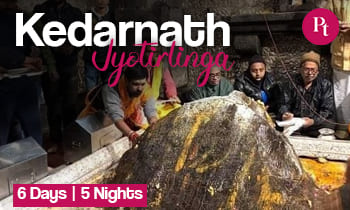
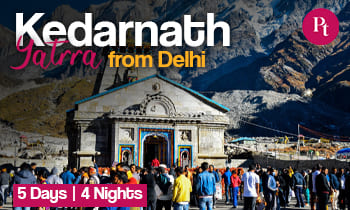


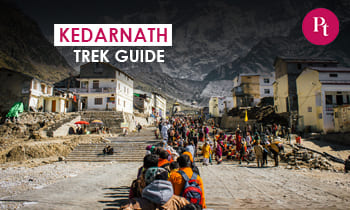
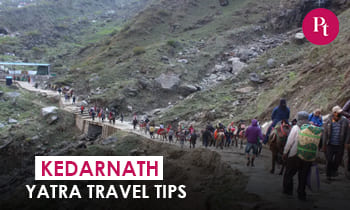
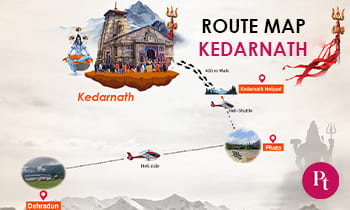
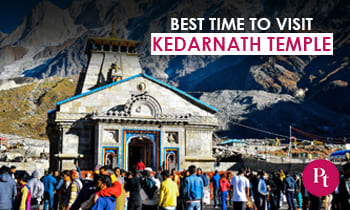
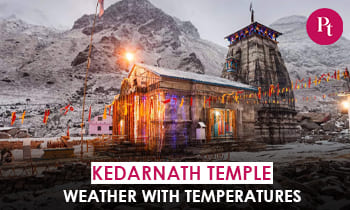
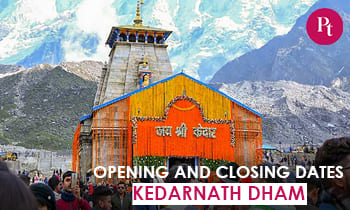

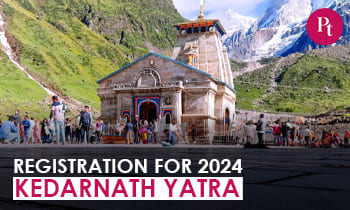
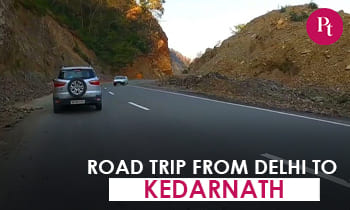

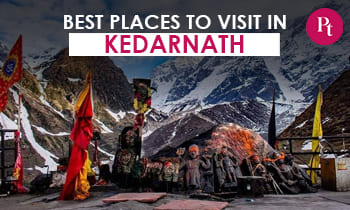
 Call
Call WhatsApp
WhatsApp Enquiry
Enquiry